Guide to Creating an Eco-Friendly Rain Garden
This article provides a comprehensive overview of how to design and implement a rain garden that benefits the environment, enhances biodiversity, and manages stormwater effectively. Imagine transforming a simple patch of your yard into a vibrant ecosystem that not only looks good but also plays a crucial role in managing rainwater runoff. A rain garden is more than just a collection of plants; it's a dynamic solution to some of our most pressing environmental challenges.
Rain gardens are designed to capture and absorb rainwater runoff from impervious surfaces, like driveways and rooftops. They act like sponges, soaking up excess water and allowing it to filter into the ground. This process not only helps improve water quality by reducing pollutants entering our waterways but also significantly reduces the risk of flooding in urban areas. By creating a rain garden, you're not just beautifying your space; you're also providing essential habitat for local wildlife, including birds, butterflies, and beneficial insects. Think of your rain garden as a mini nature reserve right in your backyard!
Selecting the appropriate site for your rain garden is crucial. Factors such as sunlight, drainage, and proximity to water sources influence its effectiveness and sustainability. Ideally, you want to place your rain garden in a spot that receives plenty of sunlight, as most plants thrive in bright conditions. Additionally, consider the slope of your yard; a slight incline can help direct water flow into the garden. Remember, placing your rain garden at least 10 feet away from your home’s foundation is essential to prevent water from pooling around your house. It’s all about finding that sweet spot where nature and practicality meet!
Proper soil preparation is essential for a successful rain garden. Amending existing soil with organic matter enhances drainage and nutrient availability, promoting healthy plant growth. You want your soil to be a welcoming environment for the plants you choose. This means ensuring it has the right texture and composition to retain moisture without becoming waterlogged. A simple way to improve your soil is by mixing in organic materials like compost or aged manure. This not only boosts fertility but also encourages beneficial microorganisms that help plants thrive.
Adding organic materials like compost or peat moss can improve soil structure and fertility. This ensures that plants thrive while effectively filtering runoff. When selecting amendments, look for high-quality compost that is rich in nutrients. You can even create your own compost at home from kitchen scraps and yard waste, making it an eco-friendly choice that also reduces landfill waste. The right mix of soil amendments will create a robust foundation for your rain garden, ensuring it serves its purpose effectively.
Conducting a drainage test helps determine the soil's absorption rate. This information is vital for designing a rain garden that functions efficiently during heavy rainfall. To perform a simple drainage test, dig a hole about 12 inches deep and fill it with water. Time how long it takes for the water to drain away. Ideally, you want it to drain within 24 hours. If it takes longer, you might need to amend the soil further or consider a different location for your garden.
Choosing the right plants is key to a thriving rain garden. Native species are often preferred as they are well-adapted to local conditions and support local ecosystems. Native plants not only require less maintenance but also provide food and habitat for local wildlife. When selecting plants, consider their growth habits and water needs. A diverse selection will not only create a visually appealing garden but also ensure that different areas of the garden can handle varying moisture levels.
While non-native plants may be attractive, native plants offer numerous benefits, including reduced maintenance and increased resilience against pests and diseases. Native plants are like the superheroes of your garden; they’ve evolved to thrive in your local environment, requiring less water and fertilizer. This means you can enjoy a beautiful garden without the stress of constant upkeep. Plus, they attract pollinators and other beneficial wildlife, creating a lively ecosystem right in your backyard!
Grouping plants based on their water needs and growth habits can create a visually appealing and functional rain garden. This approach ensures optimal performance and aesthetics. For instance, you might place moisture-loving plants in the center of the garden, where water tends to pool, and drought-tolerant plants along the edges. This not only maximizes the garden's efficiency but also creates a stunning visual contrast that will impress anyone who visits.
Regular maintenance is necessary to keep your rain garden healthy. This includes weeding, mulching, and monitoring plant health to ensure long-term success and sustainability. Weeds can compete with your plants for nutrients and water, so make it a habit to check on your garden regularly. Adding a layer of mulch can help suppress weeds and retain moisture, making your garden even more resilient. Remember, a little love and attention can go a long way in keeping your rain garden thriving!
Rain gardens may face various challenges, such as poor drainage or invasive species. Understanding these issues and their solutions is crucial for maintaining a thriving ecosystem. If you notice standing water in your garden, it might be a sign that your soil needs more amendments or that the location isn’t ideal. On the other hand, if invasive species start to creep in, don’t hesitate to remove them promptly to protect your native plants. Think of yourself as the guardian of your garden, ensuring it remains a sanctuary for local wildlife.
Implementing a rain garden offers numerous environmental benefits, including improved water quality, enhanced biodiversity, and increased resilience to climate change impacts. By capturing and filtering rainwater, you’re helping to reduce the amount of polluted runoff that enters our rivers and lakes. Additionally, rain gardens contribute to the overall health of your local ecosystem, providing habitat for various species and promoting biodiversity. It’s a win-win situation that benefits both you and the planet!
1. What is a rain garden?
A rain garden is a specially designed garden that captures and absorbs rainwater runoff, helping to improve water quality and reduce flooding.
2. How do I choose the right location for my rain garden?
Look for a spot that receives plenty of sunlight, is at least 10 feet away from your home, and has a slight slope to help direct water flow.
3. What types of plants should I use in my rain garden?
Native plants are ideal as they are well-suited to local conditions and support local wildlife.
4. How much maintenance does a rain garden require?
Regular maintenance, such as weeding and mulching, is necessary to keep your rain garden healthy and thriving.
5. Can I create a rain garden in a small space?
Absolutely! Rain gardens can be designed to fit any size space, from small yards to larger landscapes.
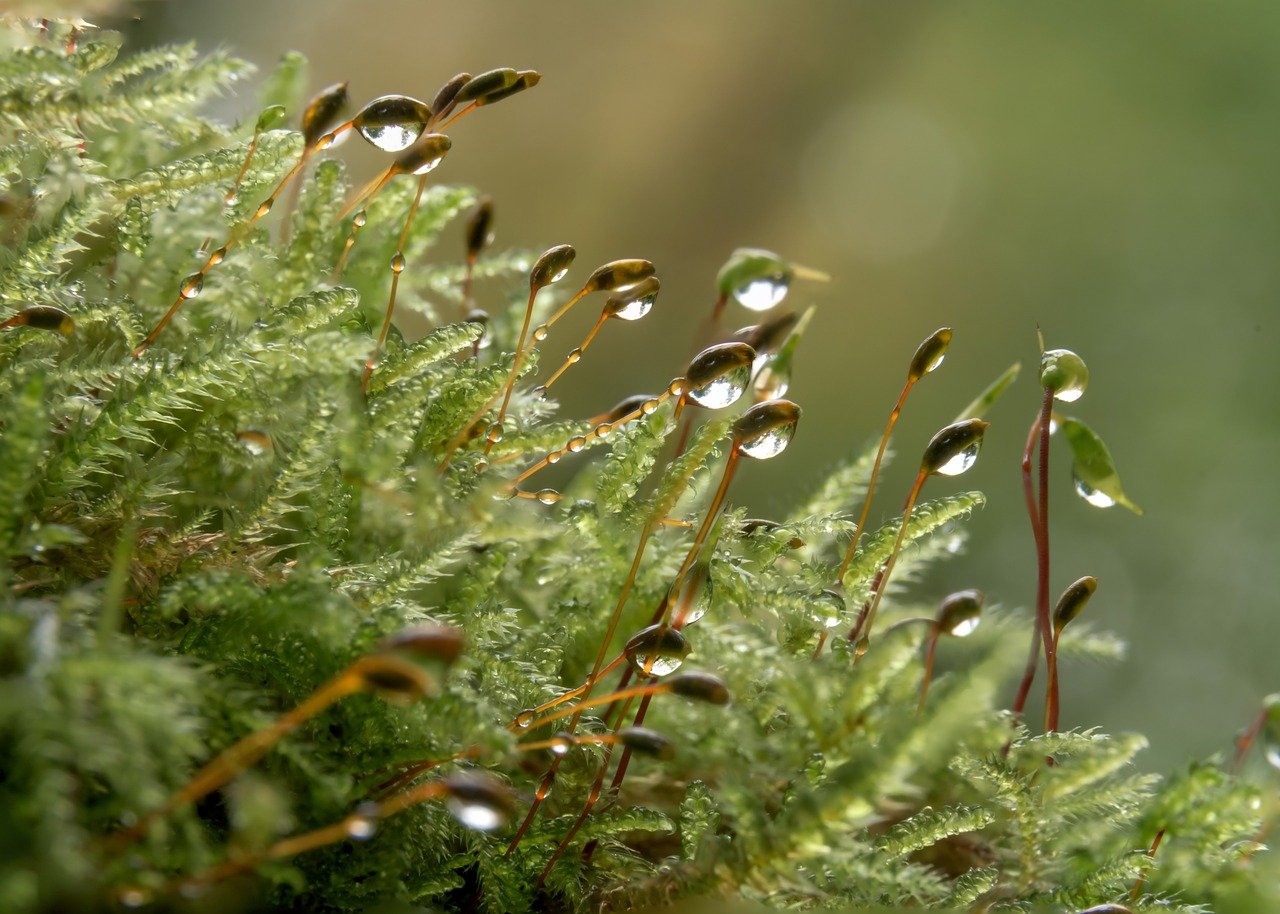
Understanding Rain Gardens
Rain gardens are more than just a trendy landscaping choice; they are a powerful tool in the fight against urban runoff and pollution. Imagine a vibrant patch of plants that not only beautifies your yard but also acts as a natural sponge, soaking up rainwater and filtering it before it reaches storm drains. These gardens are specifically designed to capture and absorb rainwater runoff from impervious surfaces such as roofs, driveways, and sidewalks. The concept is simple yet effective: by allowing rainwater to infiltrate the ground, rain gardens help improve water quality and reduce flooding.
One of the most remarkable aspects of rain gardens is their ability to provide habitat for local wildlife. By incorporating native plants, these gardens attract a variety of beneficial insects, birds, and other creatures, enhancing biodiversity in urban areas. Think of your rain garden as a mini-ecosystem, where every plant and animal plays a role in maintaining a balanced environment. As rainwater filters through the soil, it gets purified, removing pollutants and sediments, which ultimately leads to cleaner waterways.
In essence, rain gardens serve multiple purposes: they manage stormwater effectively, support local ecosystems, and contribute to a healthier environment. By creating a rain garden, you're not only taking a proactive step towards sustainability but also making a positive impact on your community. So, if you're looking to do your part for the planet while enjoying the beauty of nature, a rain garden might just be the perfect project for you!
To illustrate how rain gardens function, consider the following table that highlights their key features and benefits:
| Feature | Benefit |
|---|---|
| Absorbs Rainwater | Reduces runoff and flooding |
| Filters Pollutants | Improves water quality |
| Supports Biodiversity | Attracts wildlife and beneficial insects |
| Enhances Aesthetics | Beautifies landscapes |
| Promotes Groundwater Recharge | Supports the local water table |
In summary, rain gardens are a fantastic way to manage stormwater while providing a plethora of ecological benefits. They are a testament to how we can work with nature rather than against it. By understanding the fundamental principles behind rain gardens, you're one step closer to creating a sustainable and thriving environment in your own backyard!
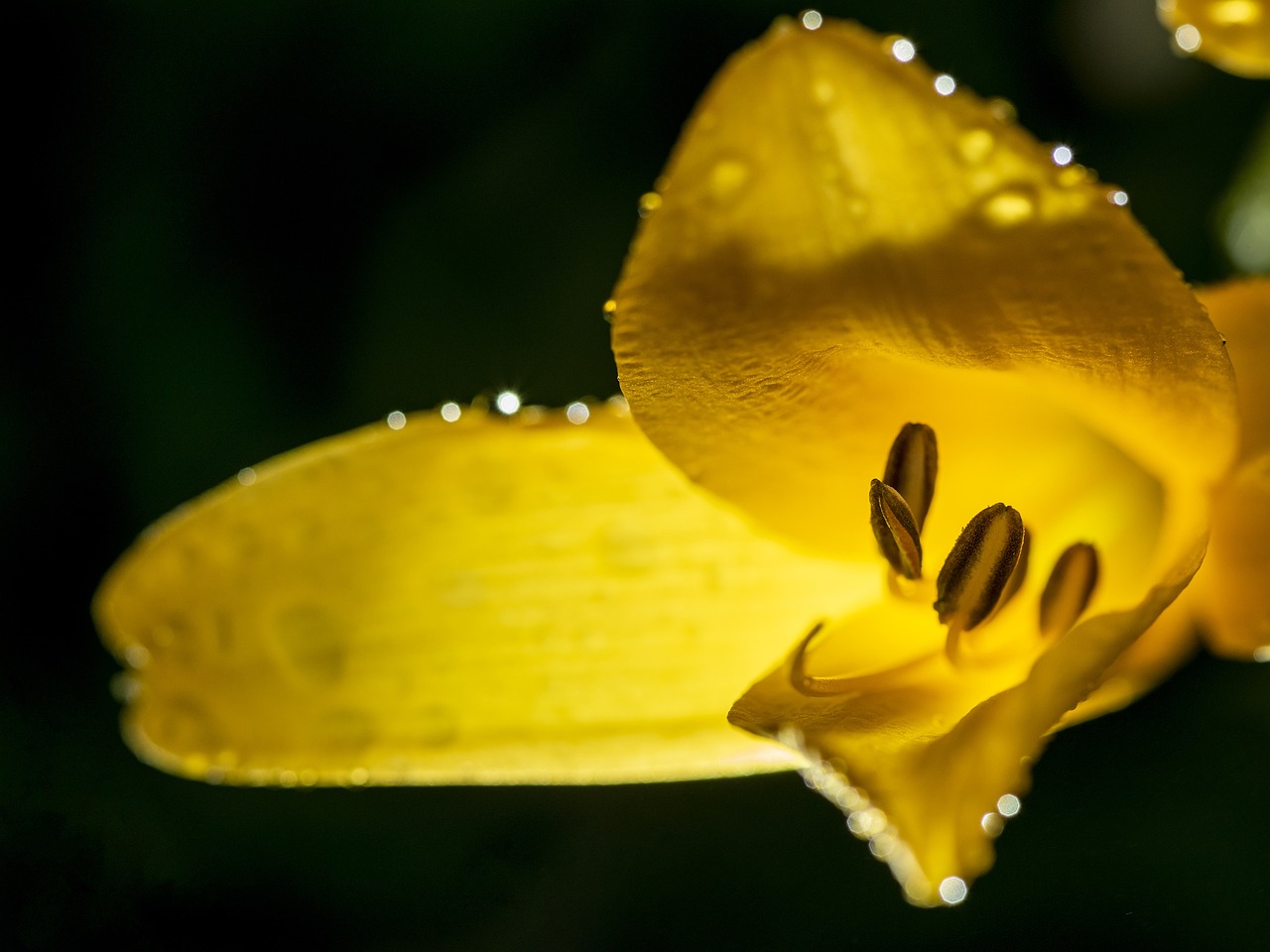
Choosing the Right Location
When it comes to creating a rain garden, is absolutely crucial. Think of it as setting the stage for a performance; if the stage isn't right, the show won't go on. So, what factors should you consider to ensure your rain garden flourishes? Let’s dive into some important elements that can make or break your garden.
First and foremost, sunlight is a key player. Most plants require at least a few hours of sunlight each day to thrive. Observe your yard throughout the day to see where the sun shines the most. Ideally, you want a location that receives at least six hours of sunlight daily. However, some plants are more tolerant of shade, so you can mix and match based on your specific conditions.
Next up is drainage. A rain garden is designed to capture and absorb runoff, so it’s essential to place it in an area where water tends to collect naturally. You want to avoid spots where water pools for too long, as this can drown your plants. To check your drainage, conduct a simple test: dig a hole about 12 inches deep, fill it with water, and see how long it takes to drain. If it drains within 24 hours, you're on the right track!
Another consideration is the proximity to water sources. Positioning your rain garden near downspouts or driveways can maximize its effectiveness in capturing runoff. However, be cautious not to place it too close to your home’s foundation, as this could lead to water infiltration issues. A good rule of thumb is to keep your garden at least 10 feet away from your house.
Lastly, think about the overall landscape. Look for areas that are relatively flat, as steep slopes can lead to erosion and runoff issues. You might also want to consider the soil type. If your soil is heavy clay, it may require additional amendments to improve drainage. On the flip side, sandy soils drain quickly, so you might need to add more moisture-retaining plants.
In summary, when choosing the right location for your rain garden, keep these factors in mind:
- Sunlight: Aim for at least 6 hours of direct sunlight.
- Drainage: Ensure the area has good drainage capabilities.
- Proximity: Place it near water sources but away from your foundation.
- Landscape: Look for flat areas to minimize erosion.
By carefully selecting the right location, you set the groundwork for a thriving rain garden that not only looks good but also plays a significant role in managing stormwater and enhancing biodiversity. So, grab your shovel and start scouting the perfect spot!
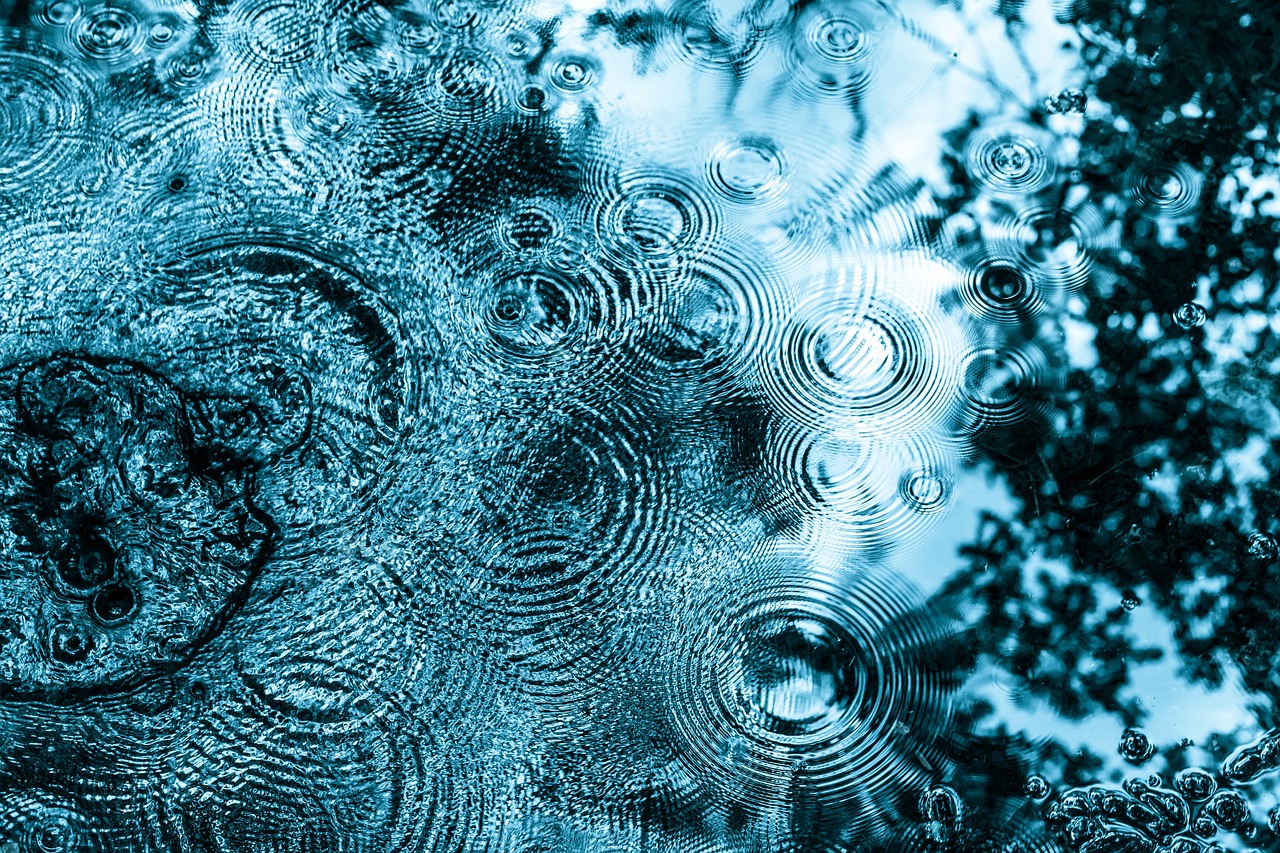
Soil Preparation
Preparing the soil for your rain garden is like laying the foundation for a house; it’s essential for the overall success of your project. Before planting, you need to ensure that the soil is not only suitable for the plants you intend to grow but also capable of absorbing and filtering rainwater effectively. This process begins with assessing the existing soil conditions in your chosen location. You might find that the soil is too compacted, which can hinder drainage, or perhaps it lacks the necessary nutrients to support healthy plant growth.
One of the first steps in soil preparation is to amend the existing soil. This involves mixing in organic matter such as compost or well-rotted manure. These materials enhance the soil structure, making it more porous and improving its ability to retain moisture while allowing excess water to drain away. A well-amended soil will not only support plant life but also filter out pollutants from the rainwater runoff, acting as a natural water quality improvement system. Here’s a simple breakdown of the benefits of adding organic matter:
| Soil Amendment | Benefits |
|---|---|
| Compost | Improves soil structure, provides nutrients, and enhances moisture retention. |
| Peat Moss | Increases soil aeration and moisture retention, ideal for water-loving plants. |
| Wood Chips | Helps with moisture retention and weed suppression. |
After amending the soil, it’s crucial to conduct a drainage test. This simple test will help you understand how quickly water is absorbed by the soil, which is vital for your rain garden's design. To perform a drainage test, dig a hole about 12 inches deep and fill it with water. Observe how long it takes for the water to drain away. Ideally, the water should drain within 24 hours. If it takes longer, you may need to consider additional soil amendments or adjustments to your garden's design.
Another important aspect of soil preparation is ensuring that the soil pH is appropriate for the plants you wish to grow. Most plants thrive in a pH range of 6.0 to 7.0. You can test your soil's pH using a simple home testing kit available at garden centers. If your soil is too acidic or alkaline, you can adjust it using lime to raise the pH or sulfur to lower it. This step is crucial because it can significantly impact nutrient availability for your plants.
In conclusion, proper soil preparation is the backbone of a successful rain garden. By amending the soil, conducting drainage tests, and adjusting the pH, you create a thriving environment for your plants and ensure that your rain garden functions effectively. Remember, the effort you put into preparing the soil will pay off with a lush, vibrant garden that not only beautifies your space but also contributes positively to the environment.
- What is the best time to prepare soil for a rain garden? The best time to prepare soil is in the spring or fall when the weather is mild and the ground is not frozen.
- Can I use clay soil for a rain garden? While clay soil can be used, it may require additional amendments to improve drainage.
- How deep should my rain garden be? A depth of 6 to 12 inches is typically recommended to effectively manage runoff.
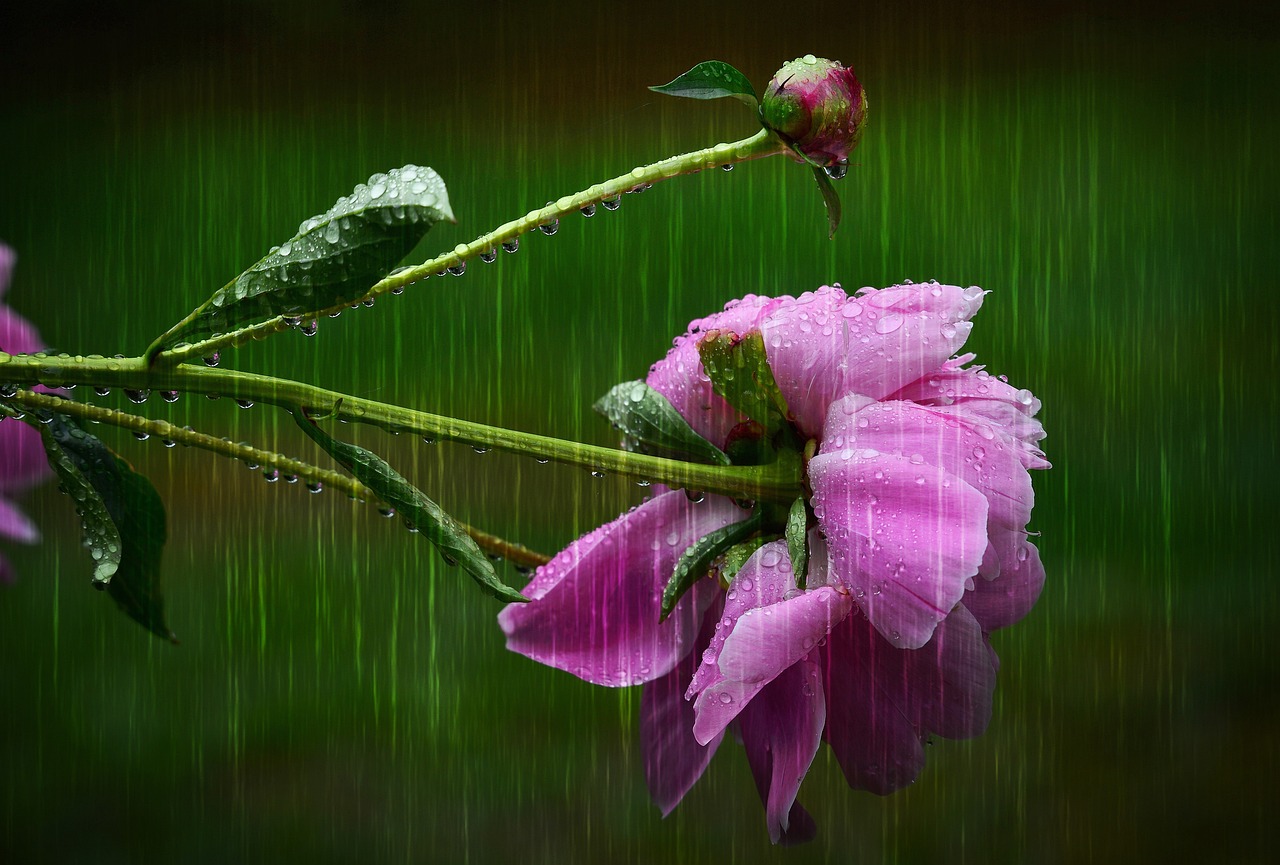
Selecting Soil Amendments
When it comes to creating a thriving rain garden, soil amendments play a pivotal role in ensuring that your plants have the best possible foundation to grow. Think of soil amendments as the secret sauce that transforms average soil into a nutrient-rich haven for your plants. By adding organic materials, you can significantly enhance the soil structure, improve drainage, and boost fertility, which are all critical for a rain garden's success.
One of the most popular amendments is compost. Not only does it enrich the soil with essential nutrients, but it also improves its ability to retain moisture. Imagine your soil as a sponge; compost helps it soak up water during heavy rains while still allowing excess water to drain away. This is particularly important in rain gardens, where the goal is to manage stormwater effectively.
Another excellent amendment to consider is peat moss. It works wonders for aeration and moisture retention, making it a fantastic choice for plants that thrive in wet conditions. By incorporating peat moss, you're essentially giving your plants a cozy, well-drained environment that mimics their natural habitat.
Additionally, you might want to look into coir, which is made from coconut husks. This sustainable option not only enhances soil structure but also contributes to moisture retention. Plus, it’s a great alternative for those who want to avoid peat moss due to environmental concerns.
When selecting soil amendments, it’s essential to consider the specific needs of the plants you intend to grow. For instance, if you’re planting species that prefer drier conditions, you might want to limit the amount of organic matter that retains moisture. Conversely, if your rain garden will host plants that thrive in wet environments, then a higher proportion of compost and peat moss would be beneficial.
Here’s a quick comparison of some common soil amendments:
| Soil Amendment | Benefits | Best For |
|---|---|---|
| Compost | Enriches soil, retains moisture, improves drainage | All plant types |
| Peat Moss | Improves aeration, retains moisture | Wetland plants |
| Coir | Enhances structure, retains moisture | All plant types, eco-friendly option |
In summary, selecting the right soil amendments is not just about what looks good on paper; it’s about understanding your garden’s unique needs and the plants you wish to cultivate. By thoughtfully integrating these amendments, you're setting your rain garden up for success, creating a vibrant ecosystem that not only looks beautiful but also serves an essential function in managing stormwater and supporting local wildlife.
- What are the best soil amendments for a rain garden? Compost, peat moss, and coir are excellent options that enhance soil quality and water retention.
- How do I know how much amendment to add? A soil test can help determine your soil's current condition and guide you on how much to add.
- Can I use synthetic fertilizers in my rain garden? It's best to avoid synthetic fertilizers as they can leach into waterways and harm local ecosystems.
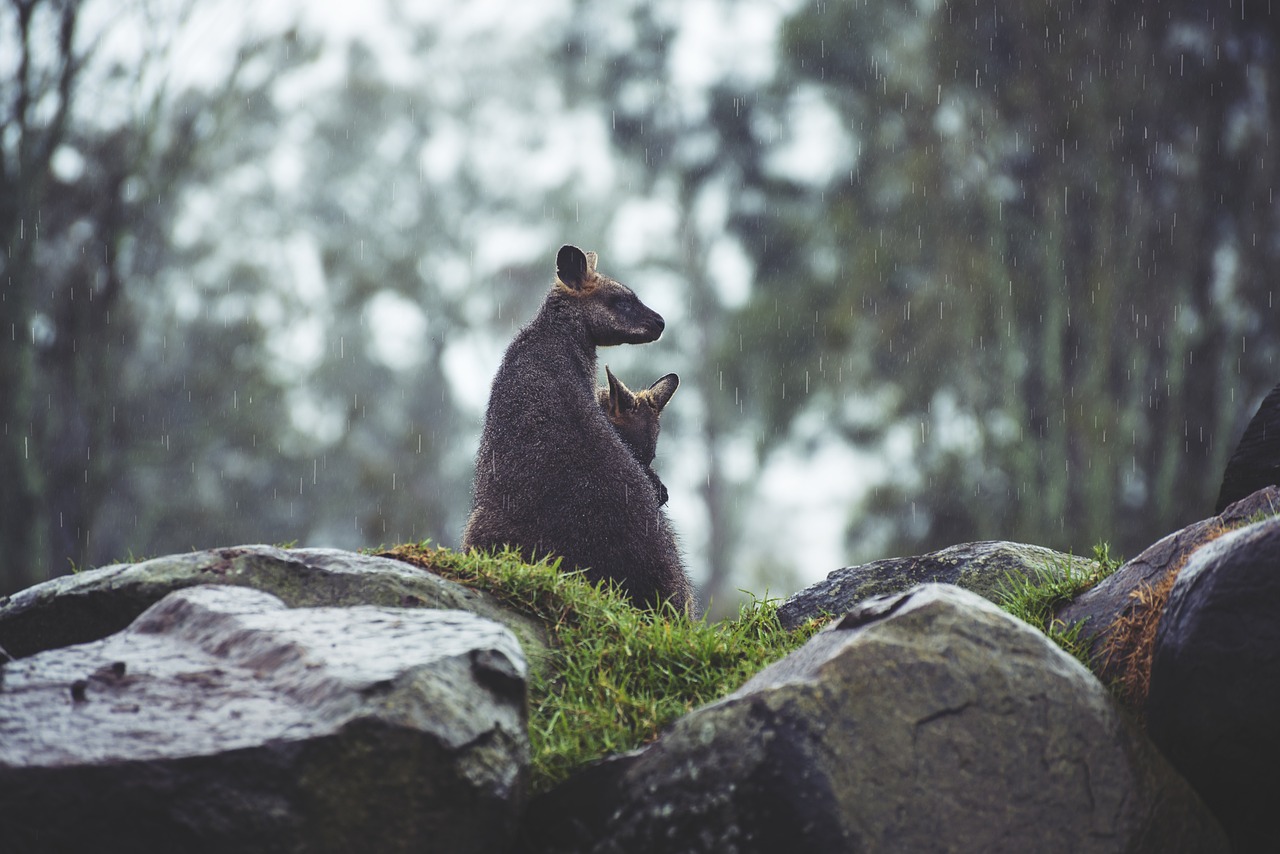
Testing Soil Drainage
Before diving into the exciting world of rain gardens, it's crucial to understand how well your soil can handle water. Testing soil drainage is like checking the pulse of your garden—it's essential for ensuring that your plants will thrive in their new environment. A rain garden's effectiveness hinges on its ability to absorb excess water, so knowing your soil's absorption rate will guide you in designing a garden that works with nature rather than against it.
To test your soil drainage, you can perform a simple yet effective test at home. Start by digging a hole about 12 inches deep and 12 inches wide in the area where you plan to establish your rain garden. Fill this hole with water and let it drain completely. Once the water has drained, refill the hole with water again and time how long it takes for the water to drain to the bottom. This test will give you a clear indication of your soil's drainage capabilities. Here’s a quick breakdown of what your results might mean:
| Drainage Rate | Soil Type | Implications |
|---|---|---|
| Less than 1 hour | Clay | May require amendments to improve drainage. |
| 1 to 3 hours | Sandy Loam | Good drainage, suitable for most rain garden plants. |
| 3 to 6 hours | Loamy Soil | Acceptable for a rain garden; monitor water levels. |
| More than 6 hours | Heavy Clay | Consider amending with organic matter or choosing different plants. |
By analyzing the results of your drainage test, you can make informed decisions about how to improve your soil or what types of plants will thrive in your rain garden. This step is not just a formality; it’s the foundation upon which your garden's success will be built. Remember, the goal is to create a space that not only looks beautiful but also functions effectively in managing stormwater.
In conclusion, testing your soil drainage is an essential part of the rain garden planning process. It helps you understand the unique characteristics of your soil, allowing you to tailor your garden to fit its environment. With this knowledge, you can confidently choose the right plants and design a rain garden that enhances both your landscape and the local ecosystem.
- What is the best time to test soil drainage? It’s best to test soil drainage before planting, ideally in the spring or fall when the soil is moist.
- Can I improve my soil's drainage? Yes! You can amend your soil with organic matter like compost or peat moss to enhance its drainage capabilities.
- How deep should my rain garden be? A depth of 6 to 12 inches is generally recommended for effective water absorption.
- What if my soil drains too quickly? If your soil drains too quickly, consider adding moisture-retaining amendments or selecting plants that thrive in drier conditions.
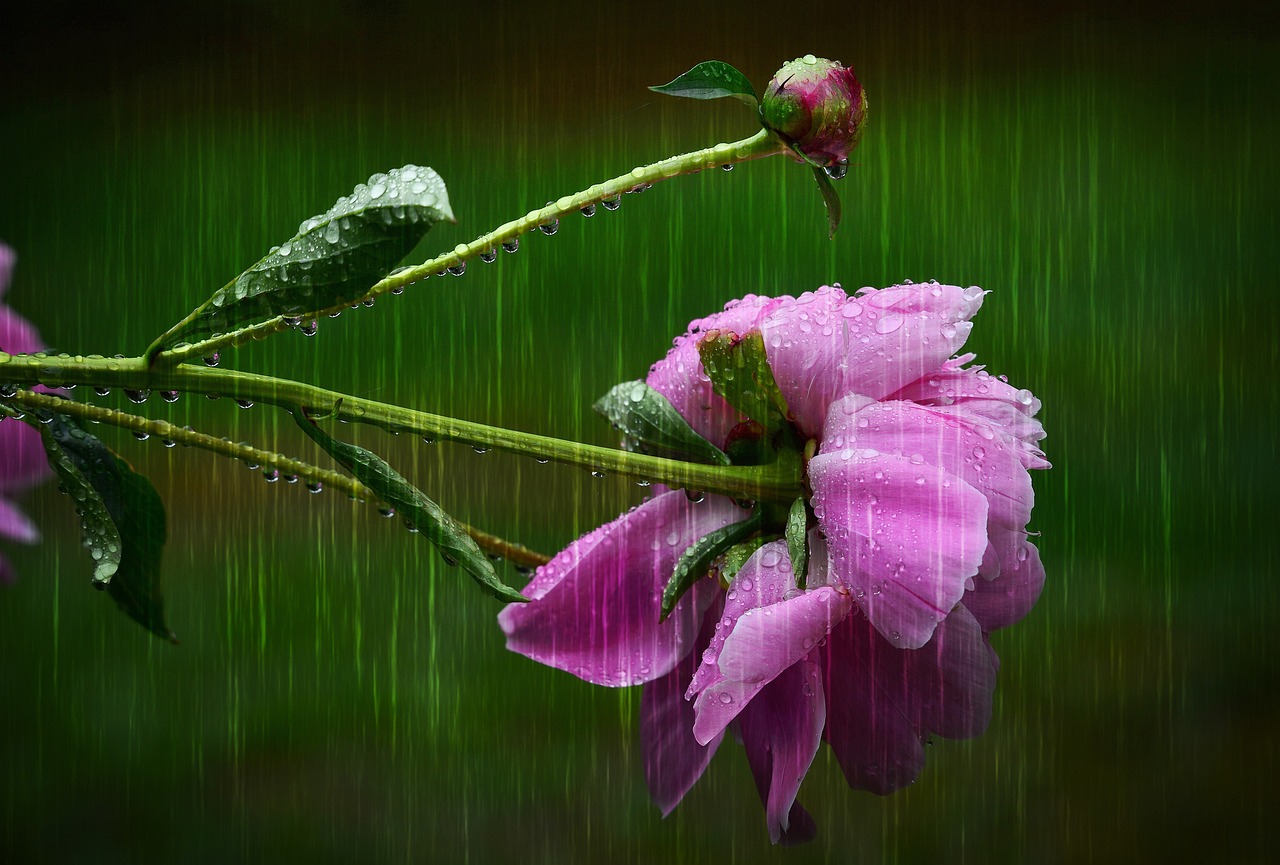
Plant Selection
Choosing the right plants for your rain garden is not just about aesthetics; it's about creating a thriving ecosystem that benefits both you and the environment. Think of your rain garden as a mini ecosystem, where every plant plays a role, much like a well-rehearsed band. Each plant contributes its unique sound, harmonizing together to create a beautiful symphony of life. The key is to select plants that are well-adapted to your local climate and soil conditions, which is why native species often steal the show.
Native plants are like the local heroes of the plant world. They have evolved to thrive in your specific environment, making them more resilient to pests, diseases, and extreme weather conditions. Not only do they require less maintenance, but they also provide essential habitat and food for local wildlife, including birds, butterflies, and beneficial insects. In contrast, non-native plants, while sometimes visually appealing, can often become invasive, disrupting local ecosystems and outcompeting native species for resources.
When selecting plants for your rain garden, consider grouping them based on their water needs. This is akin to organizing a team where each member has a specific role. For instance, some plants thrive in wet conditions, while others prefer drier soil. By creating zones within your rain garden, you can ensure that each plant gets the moisture it requires to flourish. Here’s a simple breakdown:
| Water Requirement | Plant Examples |
|---|---|
| Wet Conditions | Blue Flag Iris, Swamp Milkweed, Joe Pye Weed |
| Moderate Conditions | Black-eyed Susan, Coneflower, Butterfly Weed |
| Dry Conditions | Prairie Dropseed, Little Bluestem, Sedum |
Additionally, consider the height and growth habits of the plants. Taller plants can be placed at the back of the garden, creating a natural backdrop, while shorter plants can fill in the front, adding depth and dimension. This not only enhances the visual appeal but also maximizes the functionality of your rain garden. Just like a well-planned landscape, the arrangement of plants can make or break the overall success of your garden.
It's also important to think about the blooming periods of your chosen plants. By selecting a mix of species that bloom at different times throughout the growing season, you can ensure that your rain garden remains vibrant and full of life all year round. Imagine walking into a garden that bursts with colors and fragrances from spring through fall; it’s like having a continuous celebration of nature right in your backyard!
In summary, the selection of plants for your rain garden is a crucial step in creating a sustainable and beautiful landscape. By focusing on native species, considering water needs, and planning for aesthetic diversity, you can cultivate a rain garden that not only manages stormwater effectively but also supports local wildlife and enhances your outdoor space.
- What are the benefits of using native plants in a rain garden? Native plants are adapted to local conditions, require less maintenance, and support local wildlife.
- How do I know which plants are native to my area? You can check with local extension services or native plant societies for lists of native species.
- Can I mix native and non-native plants in my rain garden? While it is possible, it's best to prioritize native plants to maintain ecological balance.
- How often should I water my rain garden? Once established, rain gardens typically require minimal watering, as they are designed to absorb rainwater runoff.
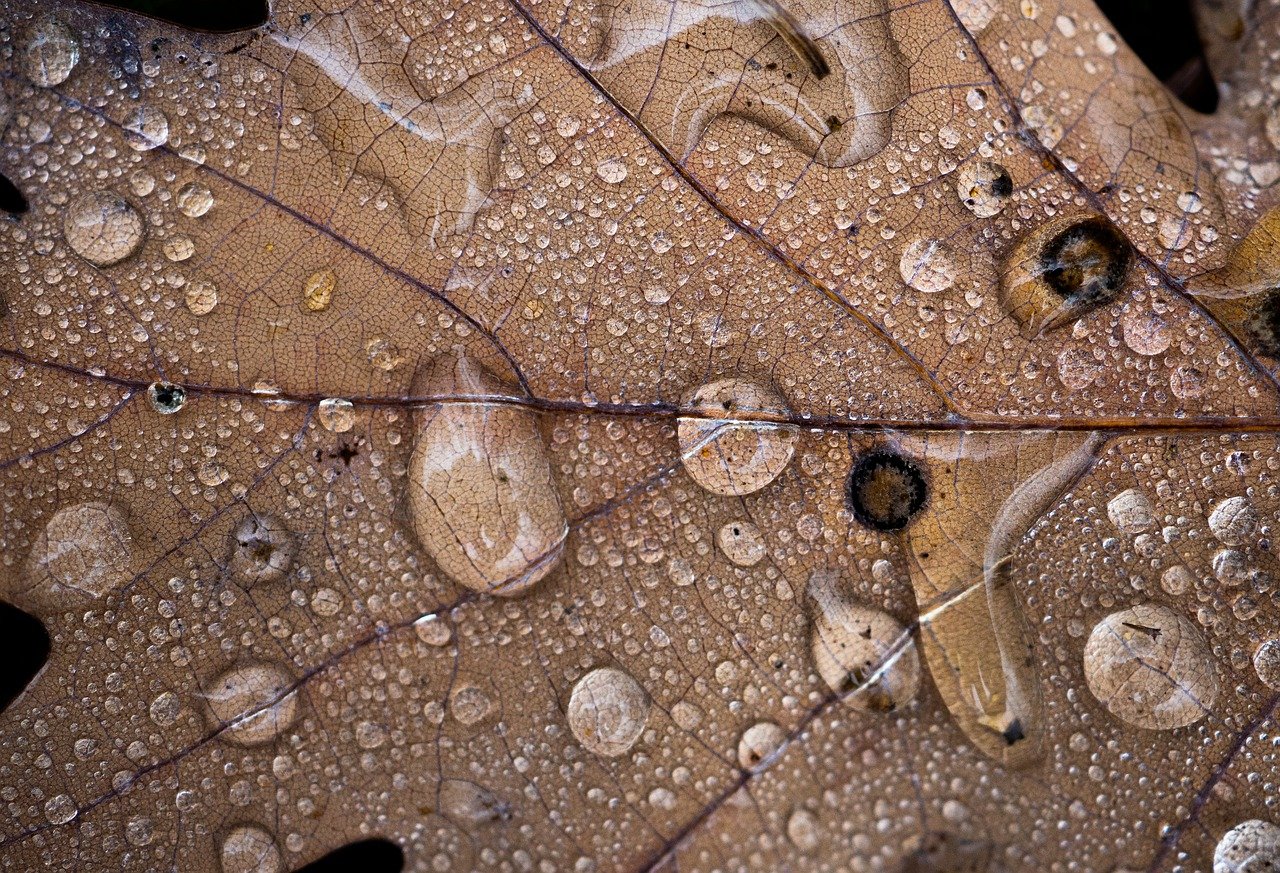
Native vs. Non-Native Plants
When it comes to creating a stunning and functional rain garden, the choice between native and non-native plants is crucial. Native plants are those that naturally occur in a specific region and have adapted to the local climate and soil conditions over time. This adaptation means they often require less maintenance and are more resilient to local pests and diseases. Imagine planting a garden that thrives effortlessly, like a well-tuned orchestra where every instrument plays in harmony with its environment. That's the beauty of native plants!
On the other hand, non-native plants, while sometimes visually appealing, can pose challenges. They may need more water, fertilizers, and pest control, which can lead to increased maintenance and potential environmental issues. In some cases, these plants can become invasive, outcompeting native species and disrupting local ecosystems. It's like inviting a guest to a party who ends up taking over the dance floor—fun at first, but ultimately overwhelming!
Here are some key differences between native and non-native plants:
- Adaptability: Native plants are better suited to local conditions, while non-natives may struggle to thrive.
- Maintenance: Native plants generally require less water and care, making them ideal for eco-friendly gardening.
- Wildlife Support: Native plants provide essential habitats and food sources for local wildlife, promoting biodiversity.
- Invasiveness: Non-native plants can become invasive, threatening the survival of native species.
By choosing native plants for your rain garden, you're not just beautifying your space; you’re also contributing to the local ecosystem. You’re creating a sanctuary for pollinators like bees and butterflies, as well as providing shelter for various wildlife. It's a win-win situation! So, when designing your rain garden, think of it as a way to give back to nature, ensuring that your garden becomes a thriving ecosystem rather than just a pretty patch of land.
In conclusion, while non-native plants might catch your eye with their exotic appeal, the long-term benefits of incorporating native plants into your rain garden far outweigh the initial allure. They are the unsung heroes of sustainable gardening, working tirelessly to enhance biodiversity, reduce maintenance, and create a healthy environment for both you and the local wildlife.
Q: What are the benefits of using native plants in a rain garden?
A: Native plants are adapted to local conditions, require less maintenance, support local wildlife, and help maintain healthy ecosystems.
Q: Can non-native plants be used in a rain garden?
A: While non-native plants can be used, they may require more care and could potentially disrupt local ecosystems if they become invasive.
Q: How can I find native plants for my rain garden?
A: Check with local nurseries, garden centers, or conservation organizations that specialize in native plants for your area.
Q: What are some examples of native plants suitable for rain gardens?
A: Some popular native plants include coneflowers, black-eyed Susans, and various types of sedges and ferns, depending on your region.
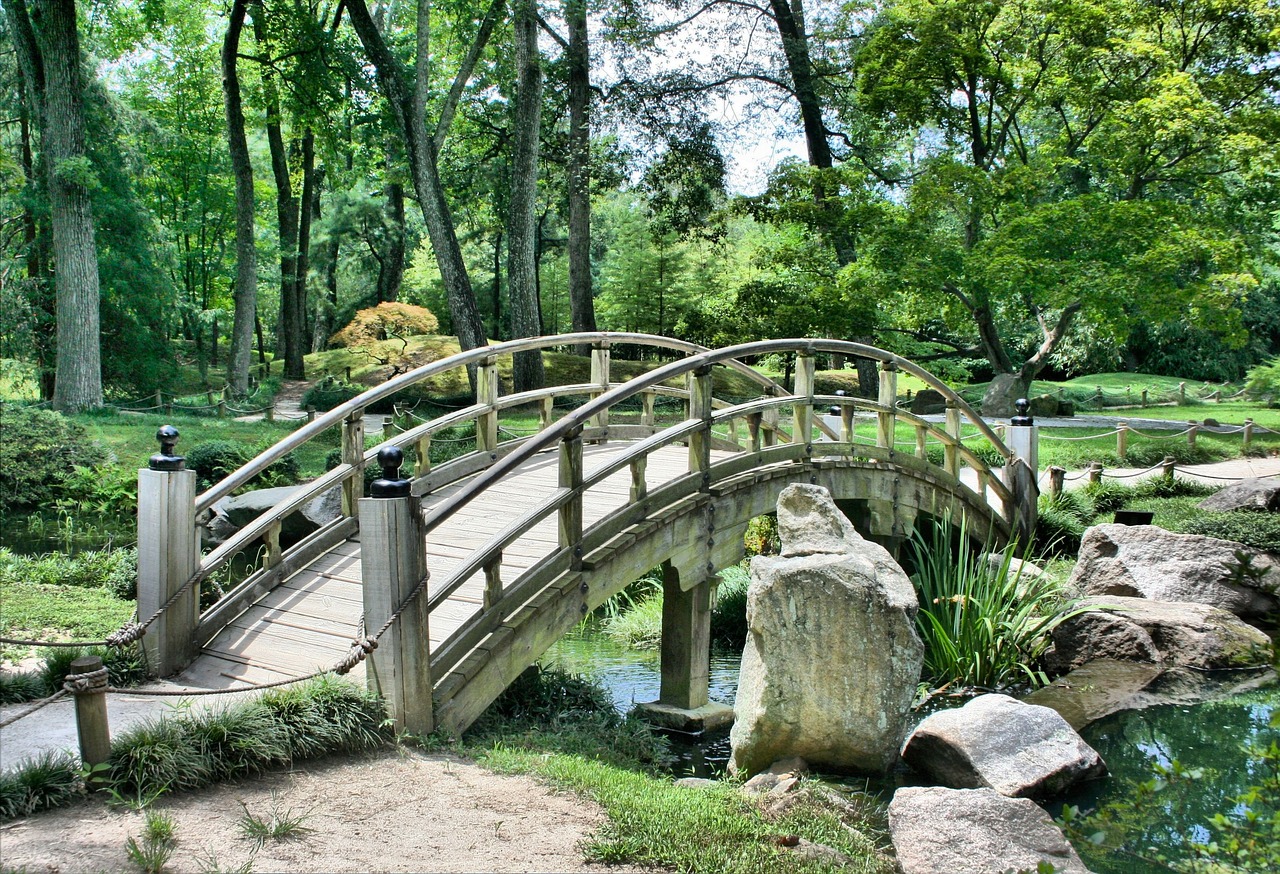
Plant Grouping Strategies
When it comes to creating a stunning and functional rain garden, play a pivotal role. Just like in a well-composed symphony, where each instrument contributes to a harmonious sound, the right combination of plants can create a visually appealing and ecologically balanced garden. It's essential to consider not only the aesthetic appeal but also the specific water and sunlight needs of each plant species.
One effective approach is to group plants based on their water requirements. For instance, you can create zones within your rain garden that cater to different moisture levels. This means placing moisture-loving plants, such as swamp milkweed and blue flag iris, in areas where water tends to pool, while drought-tolerant species like black-eyed Susans and sedges can be positioned in drier spots. This strategy not only enhances the garden's functionality but also ensures that each plant thrives in its preferred environment.
Additionally, considering the growth habits of the plants is crucial. For example, taller plants can be placed at the back of the garden or in the center, while shorter ones should be at the front. This layering effect creates depth and allows each plant to be seen and appreciated. Imagine a stage where the tallest performers stand behind the front row; this arrangement ensures that every actor gets their moment in the spotlight!
Moreover, you can also think about seasonal interest. By selecting plants that bloom at different times, you can ensure that your rain garden remains vibrant throughout the year. For instance, early bloomers like columbine can be paired with mid-summer stars like coneflowers, followed by late bloomers such as goldenrod. This not only keeps the garden looking lively but also provides continuous food sources for pollinators.
Lastly, don’t forget the importance of biodiversity. Incorporating a variety of species not only enhances the beauty of your garden but also supports local wildlife. Different plants attract different pollinators and beneficial insects, creating a thriving ecosystem. Think of it as inviting a diverse group of friends to your party; each one brings their unique vibe, making the gathering much more enjoyable!
In conclusion, effective plant grouping strategies can significantly elevate the success of your rain garden. By considering water needs, growth habits, seasonal interest, and biodiversity, you can create a garden that is not only beautiful but also functional and beneficial to the environment.
- What is the best time to plant in a rain garden? It's ideal to plant in the spring or fall when temperatures are milder and there is more moisture in the soil.
- Can I use non-native plants in my rain garden? While non-native plants can be attractive, native plants are recommended as they are better adapted to local conditions and support local wildlife.
- How often should I maintain my rain garden? Regular maintenance, including weeding, mulching, and monitoring plant health, should be done at least once a month during the growing season.
- What should I do if my rain garden is not draining properly? Consider checking the soil composition and drainage patterns. You may need to amend the soil or adjust the design to improve drainage.
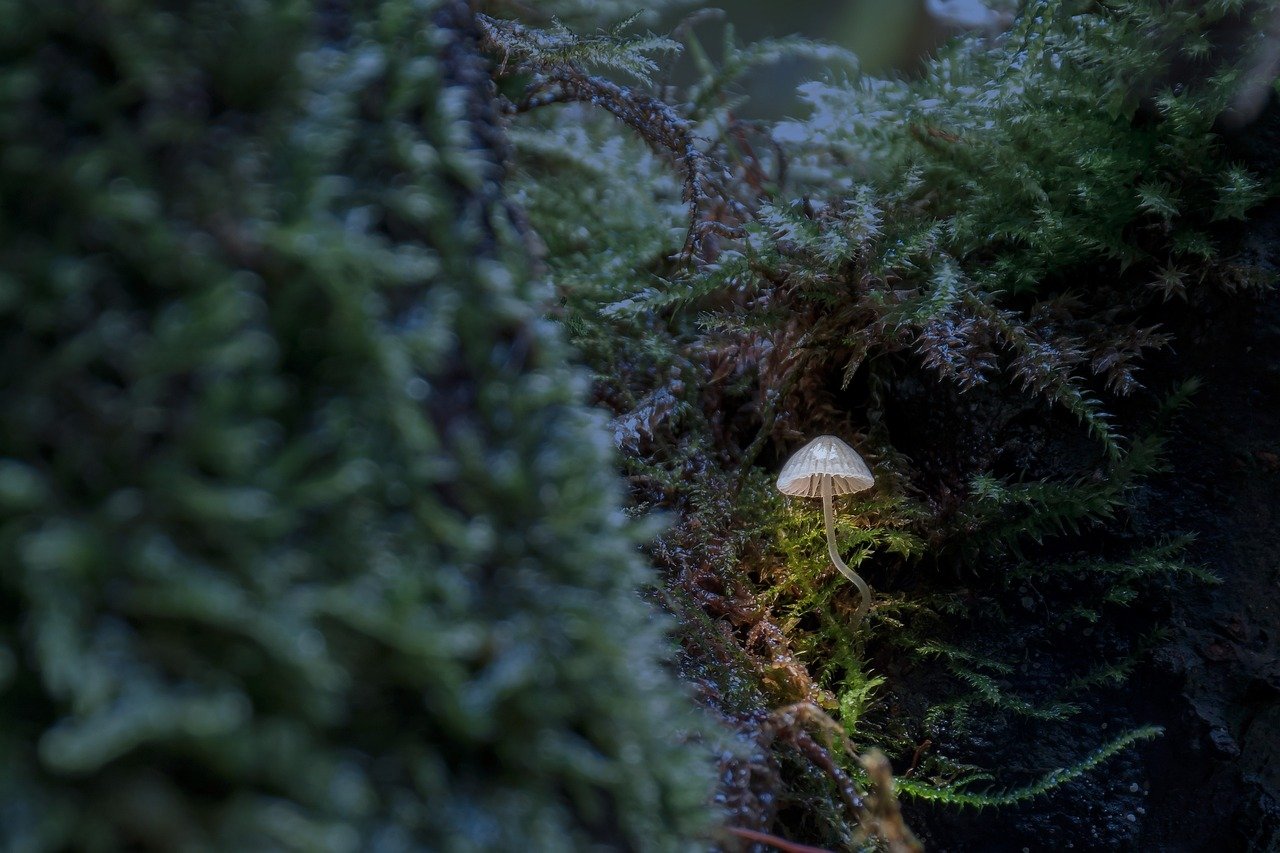
Maintenance Tips
Maintaining your rain garden is essential not just for its aesthetic appeal, but also for its functionality and ecological benefits. Think of it as nurturing a small ecosystem in your backyard. Just like a garden full of flowers, a rain garden requires regular attention to thrive. Here are some key maintenance tips to keep your rain garden in top shape.
First off, weeding is a crucial part of rain garden maintenance. Weeds compete with your native plants for nutrients, sunlight, and water. Make it a habit to check your rain garden regularly and remove any unwanted plants. It's best to pull them out by the roots to prevent them from growing back. A good rule of thumb is to spend about 15-20 minutes every week inspecting your garden.
Next, consider mulching. Adding a layer of organic mulch not only enhances the visual appeal of your rain garden but also helps retain moisture and suppress weeds. A thickness of about 2-3 inches is ideal. As the mulch breaks down over time, it will also enrich the soil, providing your plants with the nutrients they need to flourish.
Another important aspect of maintenance is monitoring plant health. Keep an eye out for any signs of stress, such as yellowing leaves or stunted growth. If you notice any plants struggling, it might be worth checking the soil moisture levels or considering whether they are receiving adequate sunlight. Sometimes, relocating a plant to a more suitable spot can make all the difference.
Don't forget about drainage. After heavy rainfall, observe how your rain garden handles runoff. If you notice standing water that persists for more than 24 hours, it may indicate drainage issues. You might need to amend the soil or adjust the garden's design to improve water absorption. Regularly checking the drainage will ensure your rain garden functions effectively, especially during storm events.
Lastly, keep an eye out for invasive species. These plants can quickly take over and disrupt the balance of your rain garden. If you spot any invasive species, remove them immediately to protect your native plants. A simple checklist can help you identify which plants to watch out for.
By following these maintenance tips, you can ensure that your rain garden remains a beautiful and functional part of your landscape for years to come. Just remember, a little effort goes a long way in creating a thriving ecosystem right in your backyard!
Here are some common questions people have about maintaining rain gardens:
- How often should I weed my rain garden? Regular checks every week or two are ideal to keep weeds at bay.
- What type of mulch should I use? Organic mulches like wood chips or shredded bark are great choices.
- How can I tell if my plants are healthy? Look for vibrant leaves and steady growth; yellowing leaves can indicate stress.
- What should I do if my rain garden floods? Check for drainage issues and consider amending the soil to improve absorption.
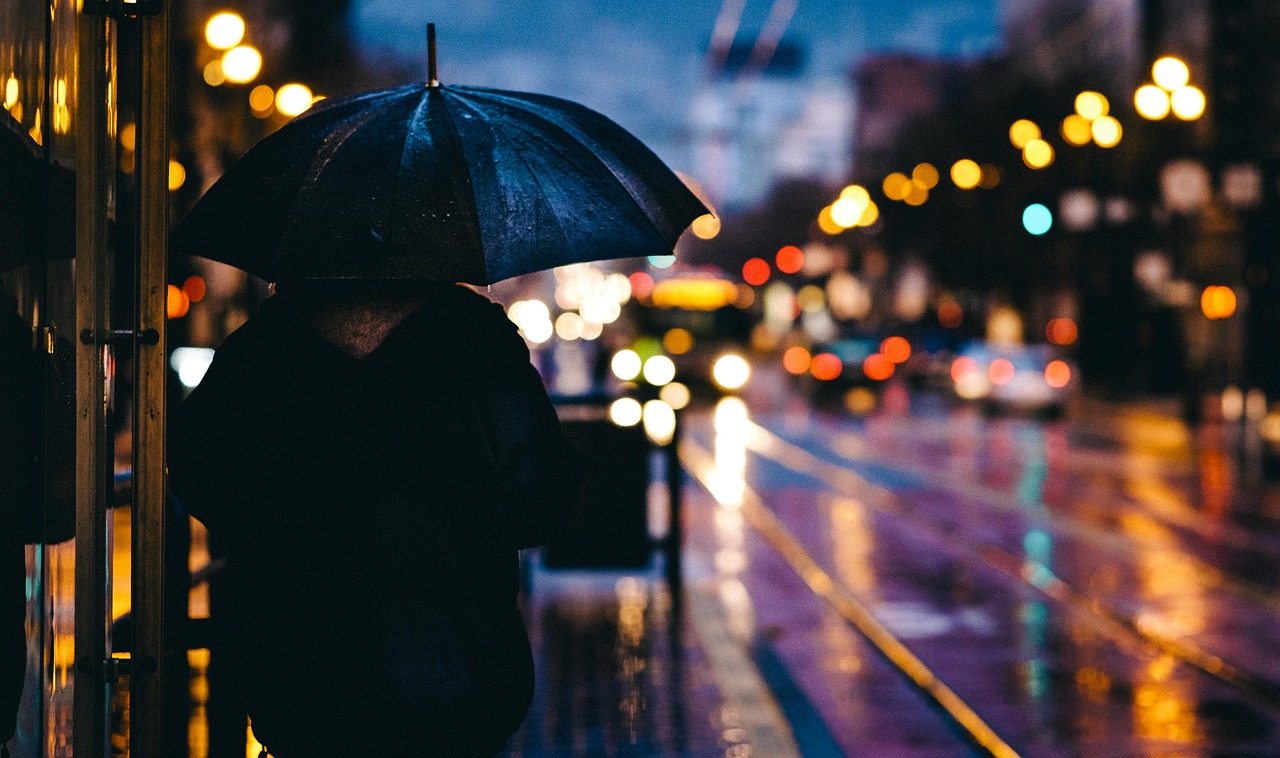
Common Challenges and Solutions
Creating an eco-friendly rain garden is an exciting endeavor, but it doesn’t come without its share of challenges. Whether you're a seasoned gardener or just dipping your toes into the world of sustainable landscaping, understanding these common hurdles can make a world of difference. One of the most frequent issues is poor drainage. If your rain garden isn’t draining properly, it could lead to water pooling, which can drown your plants and create a breeding ground for mosquitoes. To tackle this, consider incorporating a mix of sandy soil and organic matter to enhance drainage. A simple drainage test can help you gauge how well your soil absorbs water, allowing you to adjust your design accordingly.
Another challenge many face is the presence of invasive species. These plants can quickly outcompete your carefully selected native flora, disrupting the delicate balance of your garden. To combat this, regular monitoring is essential. If you notice invasive plants creeping in, remove them immediately. Maintaining a healthy ecosystem involves vigilance, but the rewards are worth it. You can also create a barrier using mulch or landscape fabric to prevent invasive roots from spreading.
Watering can also pose a challenge, especially during dry spells. While rain gardens are designed to absorb runoff, they can still dry out, particularly in the warmer months. To mitigate this, consider planting a mix of drought-tolerant native plants that can survive with minimal watering once established. Additionally, implementing a rainwater harvesting system can help provide your garden with the necessary moisture during dry periods. This not only supports your plants but also conserves water, making your garden even more eco-friendly.
Lastly, it’s important to recognize that not all rain gardens will thrive immediately. Patience is key! It may take time for your plants to establish themselves and for the ecosystem to balance out. If you notice certain plants struggling, don’t hesitate to replace them with more suitable options. Keep in mind that every garden is unique, and what works for one may not work for another. The beauty of gardening lies in its adaptability and the opportunity to learn from each experience.
In summary, while challenges may arise when creating a rain garden, they are often manageable with the right knowledge and proactive measures. By focusing on drainage, monitoring for invasives, ensuring adequate watering, and allowing time for your garden to flourish, you can create a thriving ecosystem that benefits both you and the environment.
- How often should I check my rain garden for invasive species?
It's best to check your rain garden at least once a month during the growing season. Early detection is key to managing invasive plants effectively. - What plants are best for a rain garden?
Native plants are typically the best choice as they are adapted to local conditions and support local wildlife. Look for species that thrive in wet conditions. - Can I install a rain garden in a small yard?
Absolutely! Rain gardens can be designed to fit any space. Even a small area can effectively manage runoff and support biodiversity. - Do I need a permit to build a rain garden?
Depending on your location, you may need to check local regulations. Some areas encourage rain gardens and may offer assistance or incentives.

Benefits of Rain Gardens
Implementing a rain garden is not just a trendy landscaping choice; it’s a powerful way to enhance our environment and contribute to sustainable living. These gardens serve multiple purposes that go beyond mere aesthetics. One of the most significant benefits is their ability to improve water quality. By capturing and filtering rainwater runoff, rain gardens help remove pollutants such as fertilizers, oils, and sediments before they reach local waterways. This natural filtration process is essential for maintaining the health of our aquatic ecosystems.
Moreover, rain gardens play a crucial role in reducing flooding. During heavy rainfall, impervious surfaces like roads and rooftops can lead to excessive runoff, causing urban flooding. Rain gardens absorb this runoff, allowing water to percolate into the ground instead of overwhelming drainage systems. This not only reduces the risk of flooding but also helps recharge groundwater supplies, which is vital for maintaining the water table.
Another remarkable advantage of rain gardens is their contribution to biodiversity. By incorporating native plants, these gardens provide habitats for various species, including birds, butterflies, and beneficial insects. Native plants are adapted to local conditions, requiring less maintenance and water once established. This means that not only do they thrive in the rain garden, but they also support local wildlife, creating a vibrant ecosystem right in your backyard.
Additionally, rain gardens can enhance the aesthetic appeal of your property. With their diverse plant selections and beautiful blooms, they can transform an ordinary space into a stunning focal point. Imagine walking into your yard and being greeted by a splash of colors and the gentle buzz of pollinators. It’s not just a garden; it’s a sanctuary for both you and the local wildlife.
Let’s not forget about the long-term economic benefits. By managing stormwater effectively, rain gardens can help reduce municipal costs associated with stormwater management systems. In many areas, property owners may even qualify for tax incentives or rebates for implementing such eco-friendly practices, making it a financially savvy decision as well.
| Benefit | Description |
|---|---|
| Water Quality Improvement | Filters pollutants from rainwater before it reaches waterways. |
| Flood Reduction | Absorbs excess runoff, minimizing urban flooding risks. |
| Biodiversity Enhancement | Provides habitat for local wildlife, supporting ecosystems. |
| Aesthetic Appeal | Transforms landscapes with vibrant colors and diverse plants. |
| Economic Savings | Reduces municipal stormwater management costs and may offer tax incentives. |
In conclusion, the benefits of rain gardens are plentiful and profound. They not only help us tackle pressing environmental issues but also enhance our living spaces and contribute to the well-being of our community. By creating a rain garden, you’re not just planting flowers; you’re sowing the seeds for a healthier planet.
- What is a rain garden? A rain garden is a planted depression that allows rainwater runoff from impervious surfaces to be absorbed.
- How do I choose the right plants for my rain garden? Opt for native plants that are well-adapted to your local climate and soil conditions.
- Do rain gardens require a lot of maintenance? While some maintenance is necessary, native plants generally require less care than non-native varieties.
- Can I install a rain garden myself? Yes, with proper planning and design, many homeowners can successfully create their own rain gardens.
- What if my yard has poor drainage? Conduct a soil drainage test and consider amending the soil or selecting plants that thrive in wetter conditions.
Frequently Asked Questions
- What is a rain garden?
A rain garden is a specially designed garden that captures and absorbs rainwater runoff from impervious surfaces like roofs and driveways. It helps improve water quality by filtering pollutants and reduces flooding by allowing water to soak into the ground.
- How do I choose the right location for my rain garden?
Choosing the right location is crucial for your rain garden's success. Look for areas with good sunlight, proper drainage, and proximity to downspouts or other water sources. Avoid placing it too close to foundations or areas prone to flooding.
- What type of soil is best for a rain garden?
Soil that drains well is essential for a rain garden. Amending your existing soil with organic matter like compost or peat moss can improve drainage and nutrient availability. A drainage test can help you determine how well your soil absorbs water.
- Are native plants really that important for rain gardens?
Absolutely! Native plants are adapted to local conditions, making them more resilient and less maintenance-intensive. They also support local wildlife, providing essential habitat for pollinators and other creatures, contributing to a thriving ecosystem.
- What maintenance does a rain garden require?
Regular maintenance is key to a healthy rain garden. This includes weeding, mulching, and monitoring plant health. Keeping an eye on invasive species and ensuring proper drainage will help your garden thrive over time.
- What challenges might I face with my rain garden?
Common challenges include poor drainage, invasive species, and plant health issues. Understanding these challenges and knowing how to address them can help you maintain a successful rain garden. Regular monitoring and care can prevent most problems.
- What are the environmental benefits of rain gardens?
Rain gardens offer numerous environmental benefits, including improved water quality, enhanced biodiversity, and increased resilience against climate change impacts. They help manage stormwater effectively while creating beautiful green spaces.



















